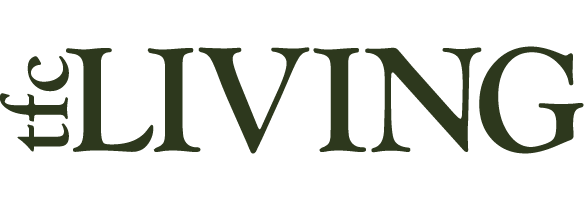This time of year, when it’s hot and no one is visiting their deer stand or favorite patch of woods, bucks are quietly doing something pretty remarkable — they’re growing antlers. While it doesn’t get the attention of fall rut or hunting season, summer is a critical time for white-tailed deer, especially for wildlife enthusiasts interested in improving the whitetail deer herd’s health or antler size on their property.
Here’s a word to impress your fellow deer enthusiasts: antlerogenesis. It is defined as the process of antler formation and development in deer. It’s not just trivia. Understanding this process helps explain why summer nutrition matters so much.
According to Dr. Marcus Blum, a Texas A&M AgriLife Assistant Professor and Extension Wildlife Specialist, June through August is the peak period for antler growth. In fact, under the right conditions, bucks can grow up to half an inch of antler per day. That’s not a typo. In fact, antler velvet is actually one of the fastest-growing tissues of any mammal.
Antlers in velvet are very much alive. They are full of nerves and blood vessels, delivering the nutrients needed to build bone. That’s where habitat and nutrition come in. Blum explains that bucks depend heavily on high-quality forage during the summer months — particularly plants rich in protein, calcium, and phosphorus.
So, what are they eating to grow those head-turning racks? The list includes native forbs, legumes, and woody browse species. Blum points out that deer forage on over 100 different species in a given region, which makes plant diversity a crucial piece of the puzzle. In other words, you don’t need a monoculture of one magical food plot crop — you need a variety of healthy, native plants.
For landowners or hunting-lease holders looking to give their deer the best shot at strong antler development, Blum recommends a few key habitat practices. First, encourage plant diversity by managing forbs and browse with proper grazing and brush control.
Next, consider planting warm-season food plots, especially legumes like cowpeas, lablab, or soybeans. These are high in protein and offer sustained nutrition through the summer.
Mineral supplements are also important, especially in areas where soils or forage are known to be low in calcium or phosphorus. Antler growth puts huge demands on the buck’s mineral balance.
Another important but sometimes overlooked piece of the equation is water. Drought during summer doesn’t just stress plants, it stresses deer too. Less water means less forage, and lower-quality food. But it’s more than that: deer need water to digest and process what they eat. In short, good water means better nutrient use, and better nutrient use means better body condition and antler growth.
If you are on a hunting lease or own your own land and want to see more from your deer, consider this a gentle nudge to think about summer habitat as a management tool. Whether your goal is producing better antlers, improving herd health, or simply stewarding your land well, now is the time to act.
Blum sums it up well: “By aligning summer habitat management with the nutritional needs of bucks during antlerogenesis, landowners and wildlife managers can positively influence antler size and overall herd health — key goals for both trophy and population-focused management programs.”If you’d like more information on deer habitat, forage plants, or pasture management practices, look up Texas A&M AgriLife Whitetail deer management do an internet search for “AgriLIfe popular whitetail deer resources” or go directly to https://wildlife.tamu.edu/publications/popular-publications/deer/.








